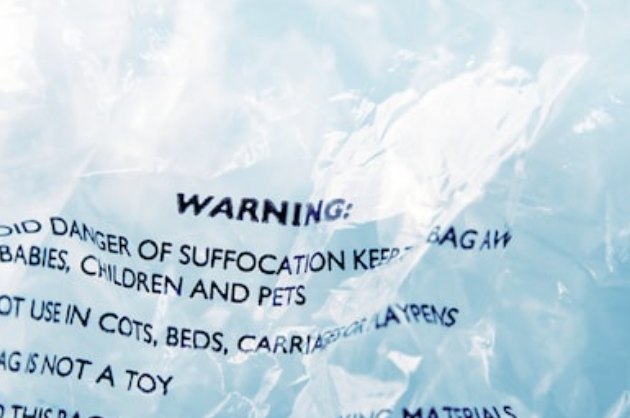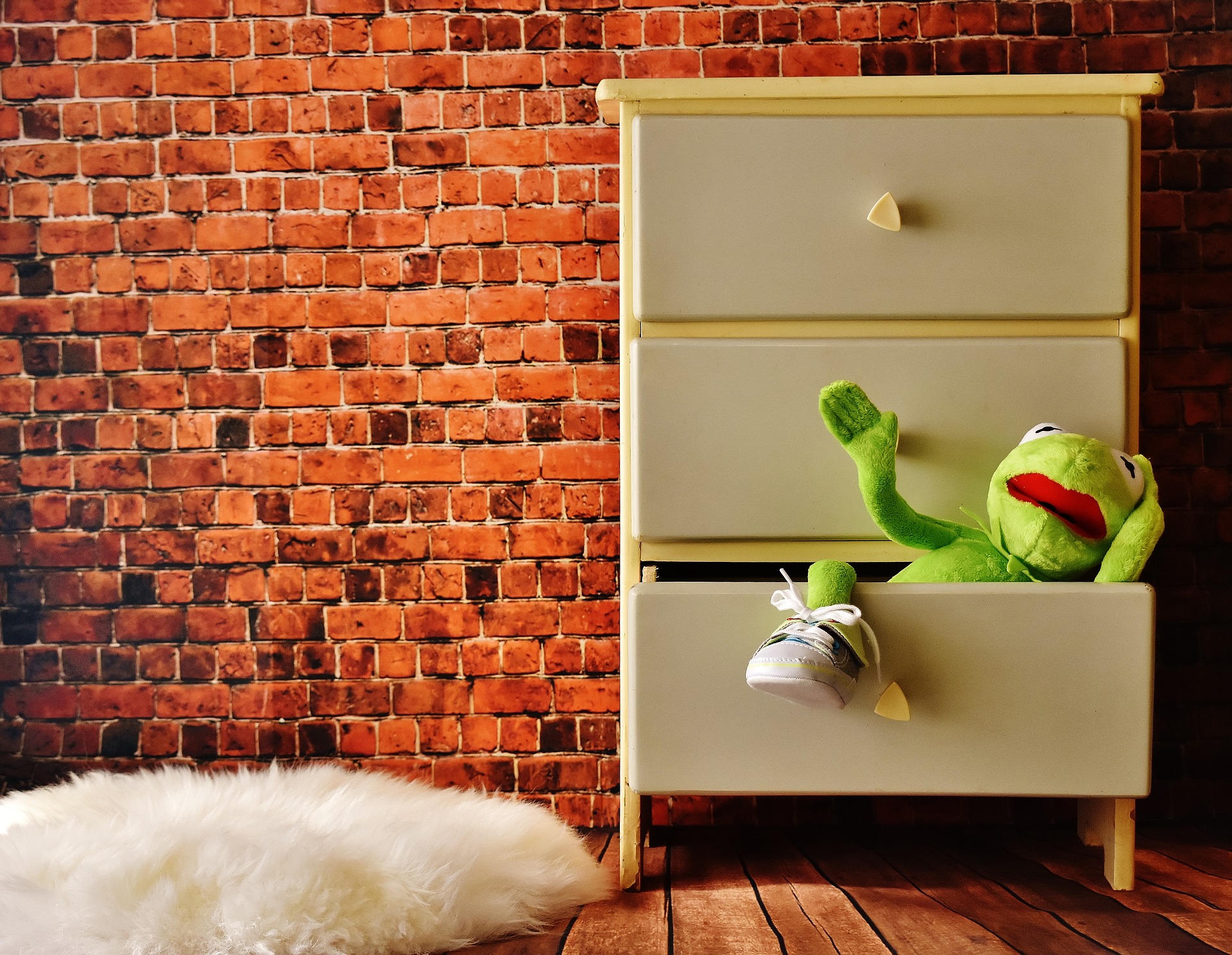
You may be familiar with a plastic bag suffocation warning appearing on internal packaging, even the wording that usually goes with it, but do you know how to specify this to your supply chain?
This guide gives you the recommendations to send to your supply chain (or use yourself).
The hazard the label tries to minimise the suffocation of children. Suffocation of babies, young children or even pets is more common than we would like, so it’s very important you put in place effective preventative measures.
Suffocation mostly occurs when a child places a bag over their head. The plastic bag could form an airtight seal around their nose and/or mouth. At first this may seem unlikely to the average adult however, children or babies come into contact with plastic bags in situations such as cot mattresses that have been left wrapped in thin plastic bags and other similar situations, especially when the product the bag contains is a toy or child appealing product.
Factors to consider when risk assessing the packaging that could cause a hazard to children would be the bag dimensions, the circumference of the opening, its closure type, the material specification and any air holes or perforations.
First things first
First thing to consider is the size of the bag and opening circumference. If the bag’s greatest dimension is less than 100mm or the opening circumference is less than 200mm, you don’t need to add the warning notice.
With no legal requirement for child suffocation warnings in the UK / Europe, it can be a little daunting to make a final decision on what to print. Most large organisations supplying products now require the suffocation warning and bag specifications. This will likely be specified in the supplier manual they provide their supply chain with.
If the bag is larger than the above criteria, it would helpful to refer to the standards listed here for more detailed guidance:
- Printing to meet durability test of BS EN 60335-1
- Packaging code BS 1133-21 clause 2
- The Toy Safety Directive, BS EN 71-1
Suffocation Warning Text
BS 1133-21 provides a recommendation for the specification and wording for a warning notice on bags and provides a criteria for the conditions under which it should be applied. However, this doesn’t provide a complete specification, so we have given you with recommendations to follow:
- Text should be red or black, or a solid colour to contrast with the bag material
- Text should be in centre of bag or repeated on 0.5m grid for bags greater than 0.8m in any dimension
- Text is ITC Helvetica or similar sans serif font
- Font size for WARNING is 18pt minimum. Remainder of text is 14pt minimum
- A label border can be used for dimensional purposes or not printed at all
WARNING
This bag is not a toy. To avoid danger of suffocation,
keep out of reach of babies and children.
Bag
The Toy Safety Directive, BS EN 71-1, raises attention to plastic bags and plastic sheets. It specifies bags larger than 380mm opening circumference and having a drawstring closure must be made of a material which is permeable to air. Flexible plastic sheeting must be thicker than 0.038 mm if over a certain size.
Remember, children most at risk of suffocation, will likely be unable to read what a warning says! So it’s very important you make the bag specification as safe as possible, and to the recommended guidelines below…
Air holes and bag specifications:
- Except where application requires airtight sealing, all bags are to be perforated with holes of 4mm diameter minimum, spaced on 30mm grid
- Bags for child appealing products and toys must have a minimum of four holes; other bags to have a minimum of two holes
- Unperforated bags for child appealing products and toys must be manufactured from material with a minimum thickness of 40µm
- Bags for child appealing products and toys not to have draw-string closures
If in doubt, the majority of packaging suppliers would be able to provide you with pre-printed labels or custom bags that meet these specifications.


You must be logged in to post a comment.